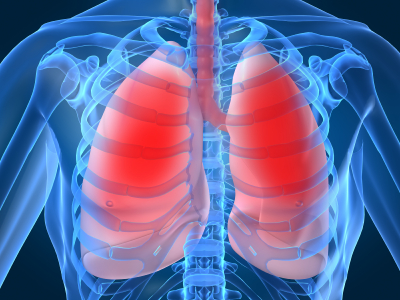Acute respiratory distress syndrome (ARDS) is a life-threatening medical condition where the lungs can’t provide enough oxygen for the rest of the body.
ARDS can affect people of any age and usually develops as a complication of a serious existing health condition. Consequently, most people have already been admitted to hospital by the time the symptoms of ARDS begin.
Symptoms of ARDS can include:
severe shortness of breath
rapid, shallow breathing
tiredness, drowsiness or confusion
feeling faint
Although most cases of ARDS begin in hospital, this isn’t always the case. For example, the condition may develop quickly as a result of an infection such as pneumonia, or if someone accidentally inhales their vomit.
Dial 999 immediately to request an ambulance if you notice any breathing problems in a child or adult.
What causes ARDS?
ARDS develops if the lungs become severely inflamed as a result of an infection or injury. The inflammation causes fluid from nearby blood vessels to leak into the tiny air sacs in your lungs, making breathing increasingly difficult.
The lungs may become inflamed following:
pneumonia or severe flu
blood poisoning (sepsis)
a severe chest injury
accidental inhalation of vomit, smoke or toxic chemicals
near drowning
acute pancreatitis – a serious condition where the pancreas becomes inflamed over a short period of time
an adverse reaction to a blood transfusion
How ARDS is diagnosed
There’s no specific test to diagnose ARDS. A full assessment is needed to identify the underlying cause and rule out other conditions. This assessment is likely to include:
a physical examination
blood tests – to measure the amount of oxygen in the blood and check for an infection
a pulse oximetry test – where a sensor attached to the fingertip, ear or toe is used to measure how much oxygen the blood is absorbing
a chest X-ray and a computerised tomography (CT) scan – to look for evidence of ARDS
an echocardiogram – a type of ultrasound scan used to create a picture of the heart
Treating ARDS
If someone develops ARDS, they’ll probably be admitted to an intensive care unit (ICU) and put on a ventilator to assist their breathing.
In some cases, it may be possible to use an oxygen mask to supply oxygen. However, in severe cases of ARDS, a tube will need to be inserted down the throat and into the lungs to allow oxygen to be pumped in.
Fluids and nutrients will be supplied through a tube that goes into the stomach through the nose. Read more about feeding tubes.
The underlying cause of ARDS should also be treated. For example, if it’s caused by a bacterial infection, antibiotics may need to be prescribed to help fight the infection.
The amount of time you need to spend in hospital will depend on your individual circumstances and the cause of ARDS. Most people respond well to treatment within days, but it may be several weeks or months before someone with ARDS is well enough to leave hospital.
Complications of ARDS
As ARDS is often caused by a serious health condition, about one in three people who develop it will die. However, most deaths result from another problem caused by their illness, rather than ARDS itself.
For people who survive, the main complications are associated with nerve and muscle damage, which causes pain and weakness. Some people also develop psychological problems, such as post-traumatic stress disorder (PTSD) and depression. The lungs themselves usually recover and long-term (chronic) lung failure after ARDS is rare.
